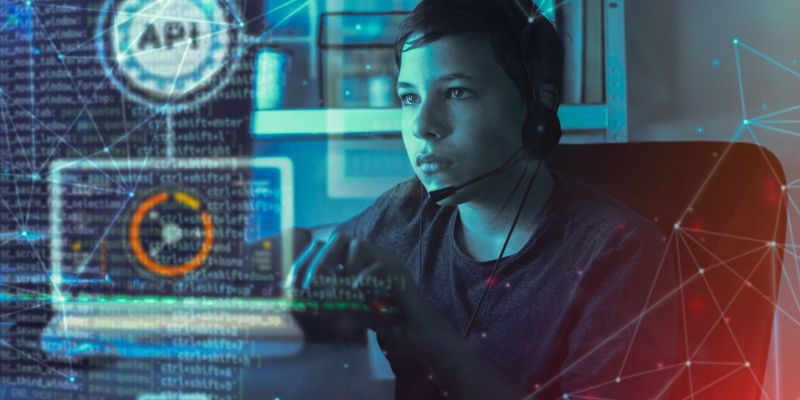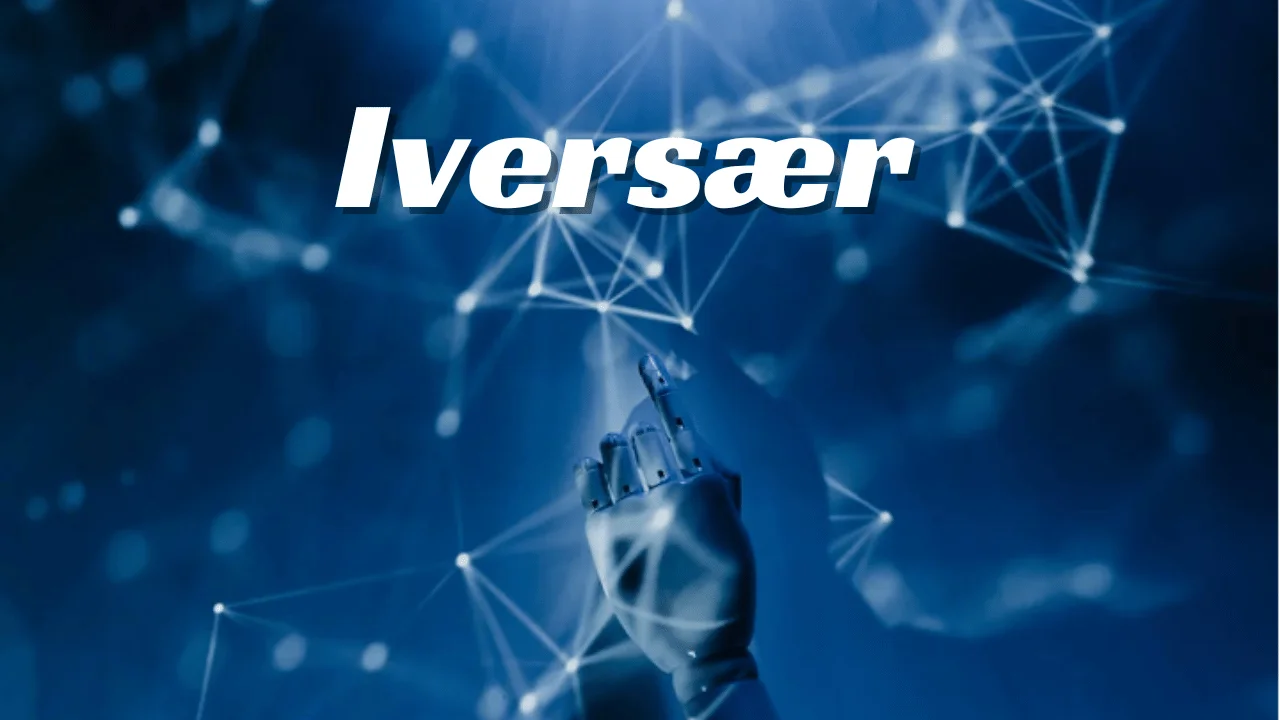Table of Contents
- Introduction
- Understanding thejavasea.me Leaks AIO-TLP
- Implications of Data Breaches
- Impact on Individuals and Businesses
- Role of Cybersecurity Measures
- Protective Measures for Individuals
- Best Practices for Businesses
- Future Trends in Cybersecurity
- Conclusion
Introduction
In today’s interconnected digital landscape, cybersecurity threats loom large, with data breaches like thejavasea.me leaks aio-tlp posing significant risks to personal privacy and corporate security. This article explores the nuances of these leaks, their implications for individuals and businesses, and strategies to enhance cybersecurity resilience.
Understanding thejavasea.me Leaks AIO-TLP
Thejavasea.me leaks aio-tlp refers to a series of data breaches reported on thejavasea.me platform, aggregating a vast array of sensitive information. This repository has become a focal point for cybersecurity analysts and stakeholders due to its comprehensive nature and potential impact on data security.
The term “aio-tlp” stands for “All-In-One Threat Landscape Platform”, indicating a comprehensive collection of leaked data that spans personal identifiable information (PII), financial records, and corporate data. These breaches underscore the vulnerability of digital systems to malicious actors and highlight the critical need for robust cybersecurity measures.
Implications of Data Breaches
Data breaches have far-reaching implications that extend beyond immediate financial losses. They undermine trust in digital platforms, compromise personal privacy, and expose individuals to risks such as identity theft and financial fraud. For businesses, data breaches can result in regulatory fines, legal liabilities, and reputational damage that may take years to repair.
Moreover, thejavasea.me leaks aio-tlp exemplify a growing trend where cybercriminals target centralized repositories of data for financial gain or disruptive purposes. Understanding these implications is crucial for individuals and organizations alike to formulate effective response strategies and mitigate potential damages.
Impact on Individuals and Businesses
Impact on Individuals
For individuals, thejavasea.me leaks aio-tlp can have profound consequences. Personal information such as social security numbers, credit card details, and medical records may be exposed, leaving individuals vulnerable to identity theft and financial exploitation. The emotional toll of such incidents can be significant, causing stress and anxiety as victims navigate the aftermath of a breach.
Impact on Businesses
Businesses face substantial risks from data breaches like those on thejavasea.me platform. Beyond immediate financial costs associated with breach notification and remediation, companies may suffer long-term consequences such as loss of customer trust, diminished brand reputation, and decreased market share. Regulatory penalties and legal liabilities further compound the impact, making cybersecurity a critical priority for organizational resilience.
Role of Cybersecurity Measures
Effective cybersecurity measures are essential in mitigating the risks posed by data breaches such as thejavasea.me leaks aio-tlp. These measures encompass a range of strategies and technologies aimed at protecting sensitive data, detecting potential threats, and responding promptly to security incidents. Key components of a robust cybersecurity framework include:
- Encryption: Utilizing strong encryption protocols to safeguard data both at rest and in transit, ensuring that even if data is intercepted, it remains unintelligible to unauthorized parties.
- Advanced Threat Detection: Implementing sophisticated tools and techniques such as AI-driven threat intelligence and behavioral analytics to identify anomalous activities and potential breaches in real-time.
- Access Control: Implementing strict access controls and authentication mechanisms to limit unauthorized access to sensitive information, thereby reducing the risk of insider threats and external breaches.
- Incident Response Planning: Developing and testing comprehensive incident response plans to quickly contain and mitigate the impact of security breaches, minimizing operational disruption and financial losses.
Protective Measures for Individuals
Individuals can take proactive steps to protect themselves from thejavasea.me leaks aio-tlp and similar data breaches. These measures include:
- Strong Password Hygiene: Using complex, unique passwords for each online account and updating them regularly to reduce the risk of unauthorized access.
- Two-Factor Authentication (2FA): Enabling 2FA wherever possible to add an extra layer of security by requiring a second form of verification in addition to the password.
- Monitoring Financial Accounts: Regularly reviewing bank statements, credit reports, and transaction histories for any unauthorized or suspicious activities, promptly reporting any discrepancies to financial institutions.
- Privacy Awareness: Being cautious about sharing personal information online and scrutinizing the privacy policies of websites and applications before providing sensitive data.
Best Practices for Businesses
Businesses can strengthen their cybersecurity posture by adopting best practices that include:
- Cybersecurity Training: Providing ongoing training and awareness programs for employees to educate them about potential threats, phishing attacks, and safe computing practices.
- Regular Audits and Assessments: Conducting comprehensive cybersecurity audits and risk assessments to identify vulnerabilities, prioritize remediation efforts, and ensure compliance with industry regulations.
- Data Encryption and Access Controls: Implementing robust encryption protocols and access controls to protect sensitive data from unauthorized access and data breaches.
- Incident Response Planning: Developing and testing incident response plans to streamline the detection, containment, and recovery from cybersecurity incidents, minimizing potential damages.
Future Trends in Cybersecurity
The future of cybersecurity is shaped by evolving technologies, regulatory landscapes, and threat landscapes. Key trends that are likely to influence cybersecurity practices include:
- AI and Machine Learning: Leveraging AI and machine learning algorithms for predictive threat intelligence, automated threat detection, and adaptive security measures that evolve in response to emerging threats.
- Blockchain Technology: Exploring the potential of blockchain for enhancing data integrity, securing transactions, and establishing decentralized cybersecurity frameworks that are resistant to tampering and manipulation.
- Quantum Computing: Preparing for the advent of quantum computing, which could potentially render existing encryption standards obsolete, necessitating the development of quantum-safe encryption algorithms.
- Regulatory Compliance: Adapting to increasingly stringent data protection regulations and compliance frameworks aimed at safeguarding consumer privacy, such as the GDPR in Europe and CCPA in California.
Conclusion
In conclusion, thejavasea.me leaks aio-tlp underscore the critical importance of cybersecurity in safeguarding sensitive information and maintaining trust in digital ecosystems. By understanding the implications of data breaches, implementing robust cybersecurity measures, and staying abreast of emerging threats and technologies, individuals and businesses can mitigate risks and enhance their cybersecurity resilience.
Addressing the challenges posed by thejavasea.me leaks aio-tlp requires a proactive approach that combines technological innovation, regulatory compliance, and user awareness. By working collaboratively to strengthen cybersecurity defenses, we can create a more secure digital future for all.
For further guidance on enhancing cybersecurity practices or responding to data breaches, organizations are encouraged to consult with cybersecurity experts and leverage advanced technologies tailored to their specific needs. Together, we can build a resilient cybersecurity framework that protects sensitive data and preserves trust in the digital age.





